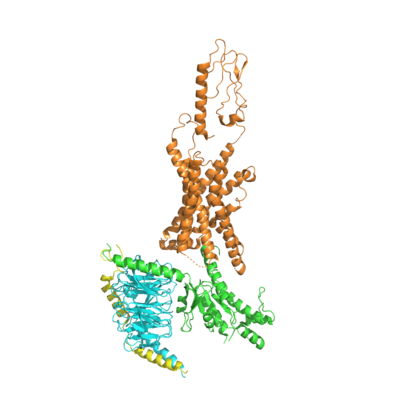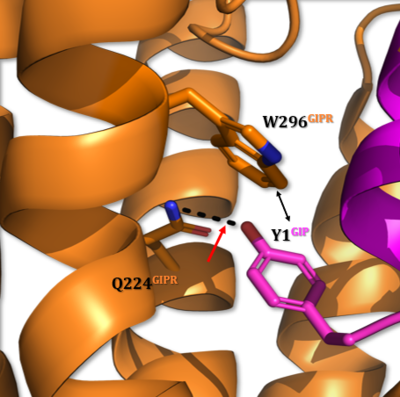
Figure 1. The coolest image of this protein EVAH!!!
Introduction
History
Interest in pancreatic hormones began at the turn of the 20th century. In 1902, Bayliss and Starling discover a pancreatic secretin involved in regulation of water homeostasis, giving rise to interest in pancreatic hormones. Shortly after, in 1906, Moore et al. hypothesize involvement of gastrointestinal hormone extracts in maintenance of the endocrine pancreas. Jean La Barre purifies glucose-lowering gut extracts in 1929 and characterizes them as incretins, which is short for intestine secretion insulin. Finally, in 1984, gastric inhibitory peptide (GIP) is isolated from porcupine intestine. Although GIP was initially characterized for its gastric inhibitory effects (hence the name), it was also shown that the polypeptide played an integral role in insulin signaling and secretion. Interestingly, it was found that the effect of GIP on insulin levels was still seen in its absence, hinting toward the presence of an additional incretin, which has now been classified as glucagon-like peptide-1 (GLP-1).
General Structure
Subunit Architecture
Glucose-dependent Insulinotropic Polypeptide
Active Site

Figure 2. Crucial interaction between Tyr1 of GIP and corresponding GIPR residues.
Associated Diseases
Medical Relevance
Tirzepatide


